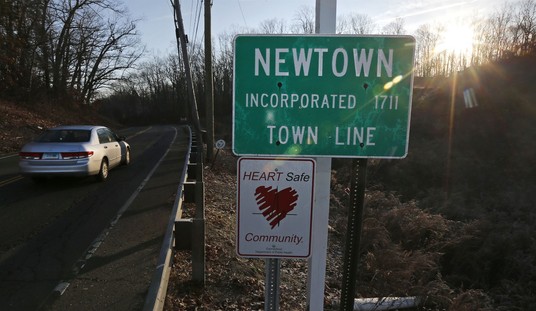Harvard University’s David Hemenway isn’t a gun fan. He’s apparently a favorite of the left when they need a friendly academic to bolster their inane rhetoric. Hemenway’s latest effort comes when he, and a handful of others, decided to look at what people are actually taught at a firearms class.
All trainers covered a wide variety of safety issues. Some specific basics were covered in 90+% of the classes, including how to safely load/unload a gun, keeping your finger off the trigger until ready to shoot, and being aware of your target and what is behind it. In 50%–75% of the classes, the trainer covered topics such as operating a safety, clearing jams and cartridge malfunctions, and recommended storing guns unloaded and locked when not in use. Few instructors covered firearm suicide prevention (10%) or domestic violence (10%). Most encouraged gun ownership, gun carrying, gun use in self-defence and membership in a gun rights group.
You know, you’d be surprised to learn that gun instructors actually take safety very seriously…unless you actually knew anyone in the gun community, where you’d see that desire for safety to be incredibly serious and universal.
Most also covered things like operating a firearm because, well, that’s what people are paying to learn. Duh.
However, Hemenway wasn’t completely pleased with what he saw.
From a public health standpoint, we would like to see more instructors covering topics such as firearm suicide and alternatives to gun use in self-defence, and to recommend safer storage of firearms.
Alright, let me break this down for a moment. Gun trainers are no psychologist or psychiatrists, as a general rule. They are not necessarily qualified to talk about suicide with any degree of expertise. About the most they’re qualified to say is, “If you feel suicidal, call someone and don’t shoot yourself.” That’s about it.
Further, mental health topics are routinely covered other places too such an extent that it seems pointless to waste limited class time on a topic that is covered many other places. That said, find some evidence that such limited training would make an appreciable impact on suicide statistics, and we’ll talk.
As for alternatives to gun use in self-defense, let’s bear something in mind. People aren’t paying for a self-defense class. They’re paying for a gun class. They want to learn how to defend themselves with a gun.
That’s not to say people shouldn’t learn other techniques. They certainly should. De-escalation techniques and hand-to-hand defense, among other things, have their place in each person’s knowledge base, but those are different classes. People don’t pay good money for a gun class and then tolerate having their entire weekend blown doing everything but learning how to shoot a gun. It’s a good way for a trainer to find he has an empty classroom moving forward.
Trainers are, after all, business people too. They have to provide people what they want.
Finally, Hemenway argues he’d like to see instructors “recommend safer storage of firearms.” This is after his study noted, “In 50%–75% of the classes, the trainer covered topics such as…storing guns unloaded and locked when not in use.” What more does he want? Unloaded and locked away–which means completely inaccessible if needed in a personal defense situation–is about as safe as you can get. Does he want trainers to recommend storing their firearms on the moon?
All-in-all, it looks like the anti-gun crowd won’t get much use out of this study. A few may claim trainers are failing to teach non-firearm techniques, but few will even bother to read this study because it doesn’t look to give them ample ammunition to use against the gun community.
Hat tip: The Truth About Guns







Join the conversation as a VIP Member